Editor’s note: This article was originally published in Overland Journal’s Winter 2020 Issue.
The Nordic countries have been ranked among the most successful on the planet and for good reason. Norway, Sweden, Finland, Iceland, and Denmark have arguably the happiest, most-satisfied, longest-living people, and a sublime natural world to escape to. And they escape to nature often—not just when the sun is warm. The Norwegians have a saying, “There is no such thing as bad weather, only bad clothing.” And if the Norwegians never went out in bad weather, well some might never leave the house at all. When historically, your life and comfort depends on your home and gear, you are not going to waste time and money on second-grade products. No, you cry once and purchase the best you can afford. If the best is not good enough, then you create better. The following Nordic companies were born out of necessity, and the products they create are tried and tested to deal with the harshest conditions. As a result, the gear produced is second to none. The concept of planned obsolescence does not exist in the design and manufacturing culture of these outdoor gear specialists—the opposite in fact, hence the typically premium pricing.
If I were to head out into the remote wilderness to explore and survive, I would not leave without my Nordic gear. The difference between success and failure is investing in the best 117 tools for the job, and having the knowledge to wield them.
My top picks from each company reflect my desire to travel the planet overland, and eventually, escape into the wilderness to survive and thrive like the legendary Iowan Richard Proenneke. I am sure he would approve.
Primus

Primus is a Swedish company that began life in 1892, manufacturing the first portable and soot-free kerosene stove. Initially, the stove was popular with Stockholm market vendors, but soon adventurers adopted it for outdoor excursions. The Primus stove braved the 1897 North Pole expedition with Salomon August Andrée, accompanied Roald Amundsen to the South Pole in 1911, and was essential to Sir Edmund Hillary and Tenzing Norgay’s summit of Everest in 1953 as well as many other expeditions. Arguably, it is the Primus stove that allowed modern man to venture to the most barren and hostile corners of the world. It provided the life-giving heat and soul-reviving warmth which nourished and sustained those intrepid early explorers heading into the true unknown. Would they have been able to achieve what they had without the Primus stove? I am not sure.


Our personal experience with the brand has been less dramatic but significant—a learning opportunity. En route from Argentina to Alaska in 2015, we stopped at the Overland Expo in Flagstaff, Arizona, where the wind howled snow and ice against the hardy overlanders camped in the open field. Our primary gas can was half full of useless South American butane, and a kind US Army colonel took pity on us and lent us his Primus cooker. We were relieved to have some heat in the annex of the roof tent and a hot meal to feed the kids. Simple, robust, efficient, and good looking, Primus is top shelf.
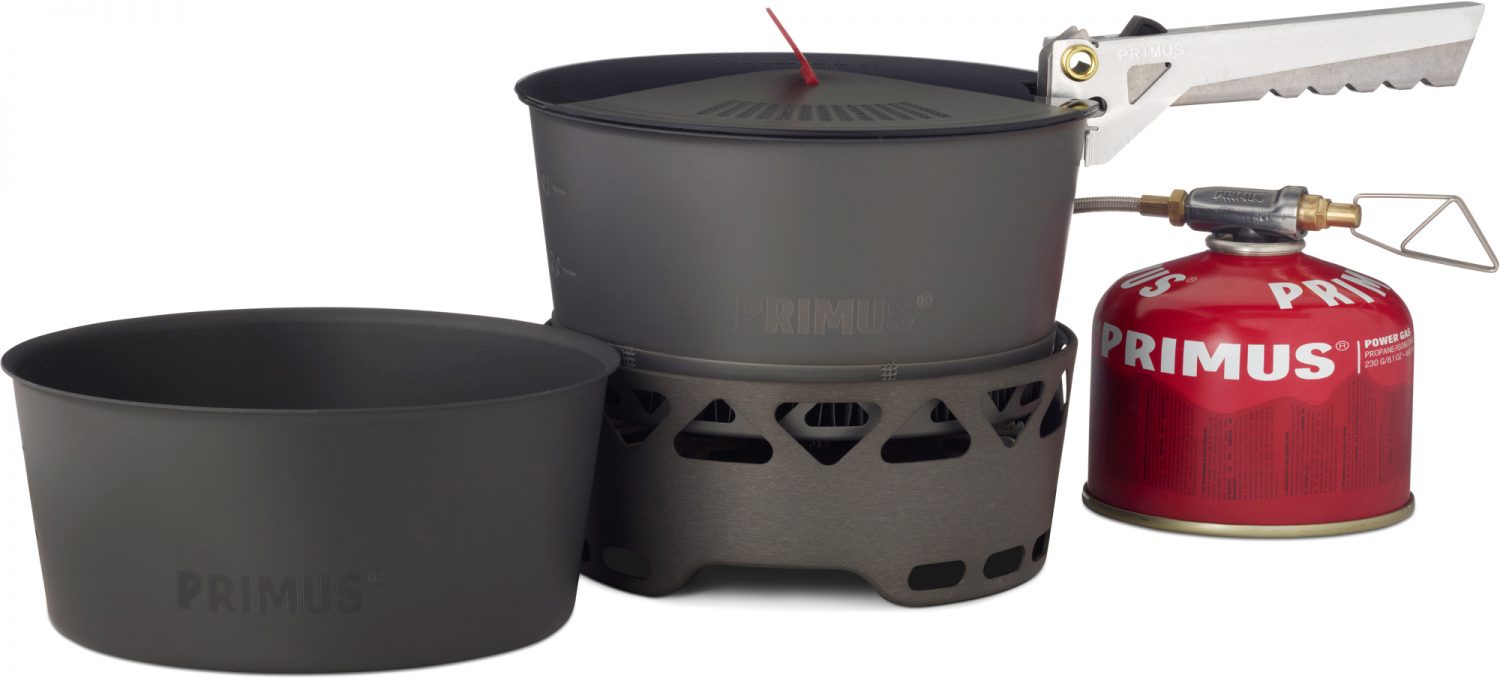
If I had to single out one product from current offerings, it would be the PrimeTech Stove System, which utilizes Eta (Eta is the Greek symbol for efficiency in thermodynamics) technology to provide double the fuel-burning efficiency of a conventional stove.
$150 | PRIMUS.US
Fjällräven
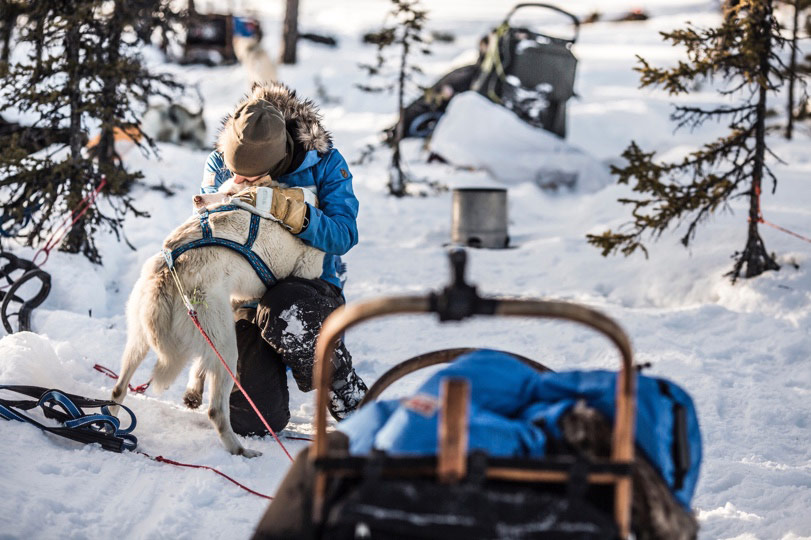
In 2016, we met up with Carl, a Swedish industrial designer, in the Alvord Desert. He introduced us to the Arctic fox (Fjällräven is Swedish for Arctic fox, and the animal is the company’s mascot, logo, and conservation focus). Carl’s Fjällräven trousers were waxed, required infrequent washing, and were the perfect length, shape, size, and colour—both practical and stylish. They were made to last almost as long as Carl himself.
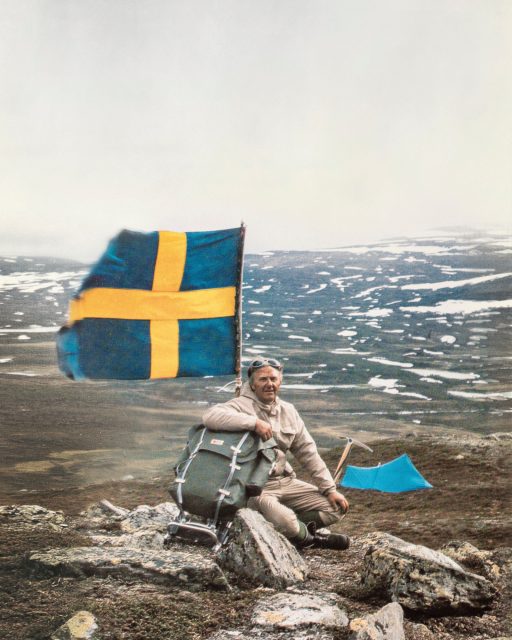
Fjällräven began humbly in 1960 when explorer and Founder Åke Nordin created a light and sturdy aluminum box frame backpack in his basement in Örnsköldsvik. Driven by necessity, he designed a condensation-free tent using a two-layer construction to avoid waking up frozen in a wet sleeping bag. The now-world-famous Greenland jacket and the G-1000 wax material favoured by Swedish industrial designers and Arctic explorers followed soon after. Åke Nordin was on a winning streak driven by passion, creativity, and a love for the great, often extreme, outdoors. In 1974, Mr. Nordin spent a night freezing through a storm. He vowed never to be cold again, leading to the creation of a down jacket constructed of two jackets sewn together (applying the principles learned when creating the condensation-free tent). It was such a revolutionary concept that the Greenland jacket earned an award from Svensk Form (the Swedish Society of Crafts and Design), and the rest is history. Fjällräven is more than mere outdoor gear, it is a form of art. And good art is not cheap. Yes, Fjällräven gear can cost double that of their competitors’ products, but their goods are not examples of a false economy—a young man’s winter jacket bought today will keep his grandchildren warm.


For year-round performance in the most challenging environments, we would choose the Anorak No. 8M Jacket and the Gaiter Trousers No. 1M. These are articles of clothing that will keep you warm in the winter, and cool and protected in summer. Both are constructed from the legendary G-1000 waxable cotton/poly blend and are designed to be easily repaired and maintained. I have a vision of sitting beside a blue lake fishing for trout, washing and waxing my faithful clothing after years in the wild.
Both Fjällräven and Primus are now owned by Swedish company Fenix Outdoor International AG.
$450/JACKET, $400/TROUSERS | FJÄLLRÄVEN.COM
Northmen Guild of Northern Master Craftsman
Dick Proenneke (mentioned at the beginning of this article) spent many years living alone in the Alaskan wilderness, building a log home with his bare hands. I suspect he and the craftsmen of the Northmen Guild would have long, deep, and meaningful discussions, as they are of like mind (the Birth of a Wooden House video on the Northmen YouTube channel is in part dedicated to Mr. Proenneke).
The Northmen Guild story begins with Jacob, the Estonian carpenter and equally gifted filmmaker who had a dream to build a log home by hand using only traditional tools, methods, and skills. Sourcing the tool patterns from an ancient book, he had a blacksmith friend forge various blades while he crafted the handles. The resulting log home was sublime. A business was born out of the cooperation of tool production. A few years later, the original partners split to form their own companies. Lessons had been learned, and Jacob, the carpenter, established a guild of craftsmen united by a common philosophy—essentially, hands, not machines.


The guild produces some of the most exceptional and unique handmade tools available today, but they also offer courses such as the 10-day Traditional Norwegian Carpentry Course in Norway. “Course participants will learn the historical way of building a house in a timber framing and full scribe log building techniques using only hand tools.” Imagine learning to build your own home with the planet’s most beautiful tools. The cost is $2,400, and includes everything in-country (Norway): tuition, accommodation, all meals (prepared by a professional chef from local ingredients including wild elk, deer, and fish), and organized field trips to museums, Viking longships, and Norway’s oldest log building—count me sold. There is a catch, though. Courses are booked years in advance (but you can learn a lot from the Northmen YouTube channel), and the tools can take up to a year to be handmade and delivered to your door. Perfection is worth waiting for.
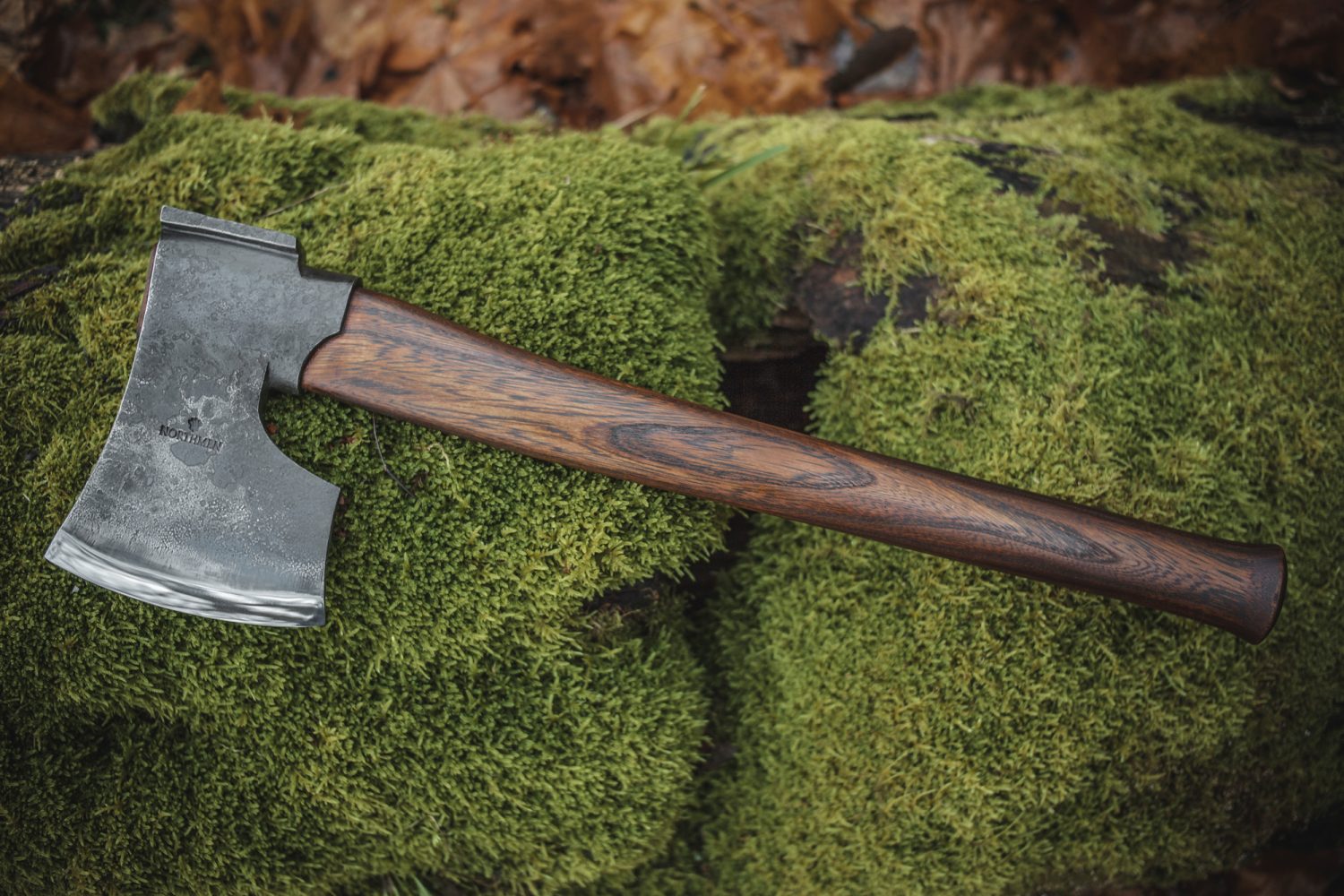
If setting off into the wild to build a log home and survive with only the tools I could carry, the Set of Five chisel kit, Finnish Carpenters Axe, and Livonia Shooting Longbow (price/availability in flux) would all be in tow.
$1,195/CHISEL KIT, $450/AXE | NORTHMEN.COM
Halite
The last manufacturer is a relative newcomer. Pronounced haa-lee-ta, Halite is a Norwegian luggage manufacturer founded by ex-military, special forces operatives, and designers with expedition and outdoor expertise. The bags are made for both civilian and military personnel and are intended specifically for use by special forces and explorers, particularly in maritime environments. What does that mean for you? If you need to keep your precious gear dry and clean, you may need luggage designed to withstand the harshest environments. My favorite is the navy blue, 140-liter Kraken waterproof bag, made of 840-denier HT nylon (bombproof ) material. Happily, it has found a home on our Defender’s roof rack as we explore across Africa to Russia.
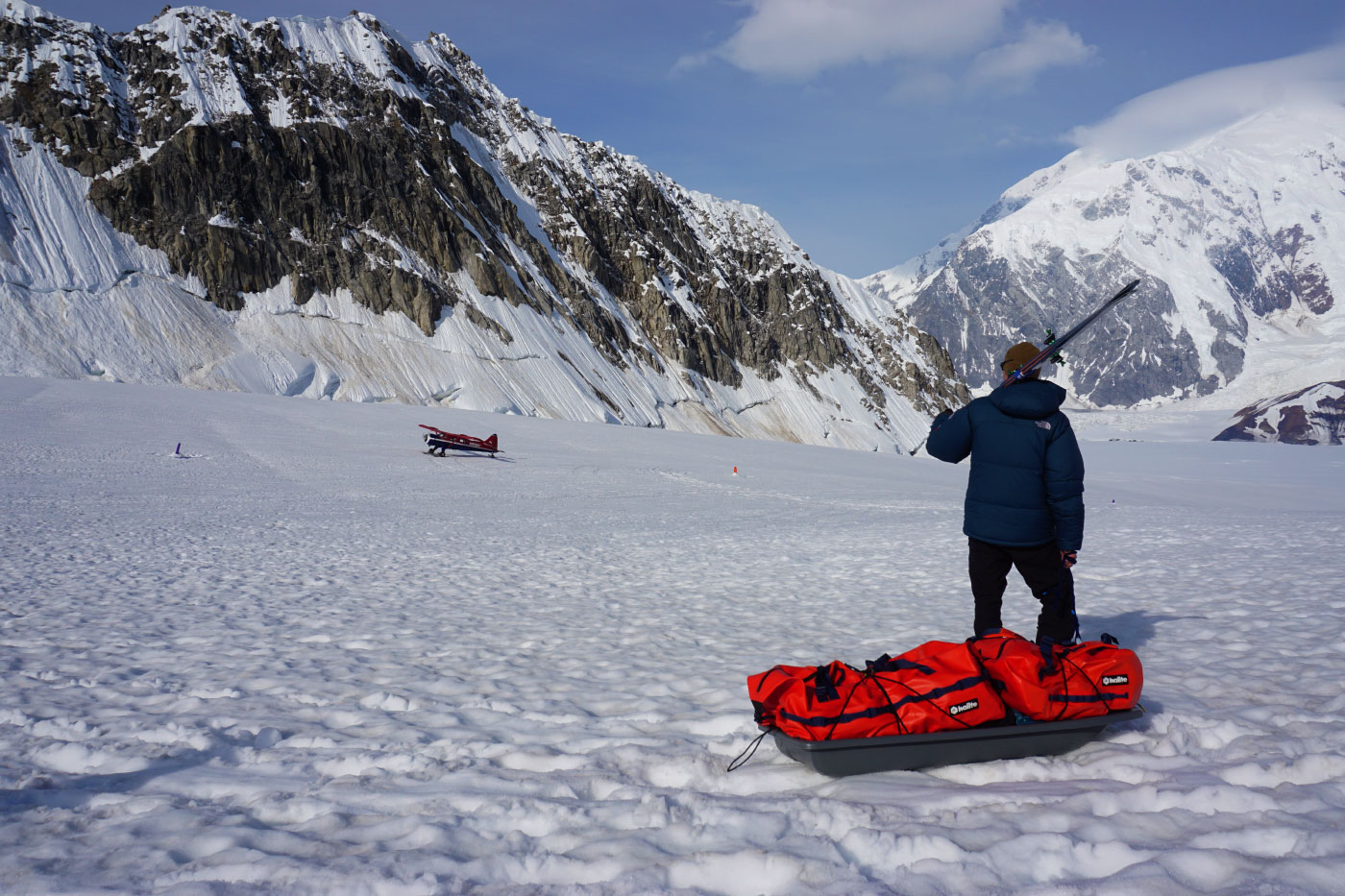
What I love about this company, other than the excellent gear, is that it is young, and I get to watch it grow and evolve, produce new products, and choose a course. Already their range has expanded to include weapons cases and sleeping bags, and I can’t wait to see what they will release next.

$469 | HALITESTORE.COM
Our No Compromise Clause: We carefully screen all contributors to make sure they are independent and impartial. We never have and never will accept advertorial, and we do not allow advertising to influence our product or destination reviews.


